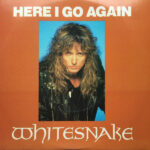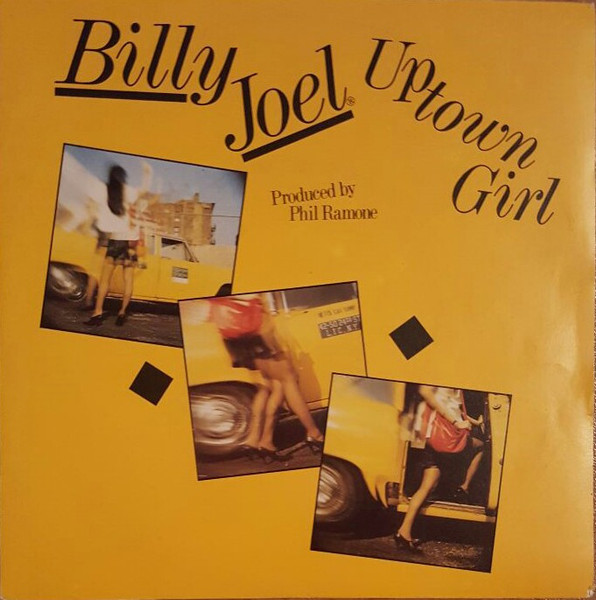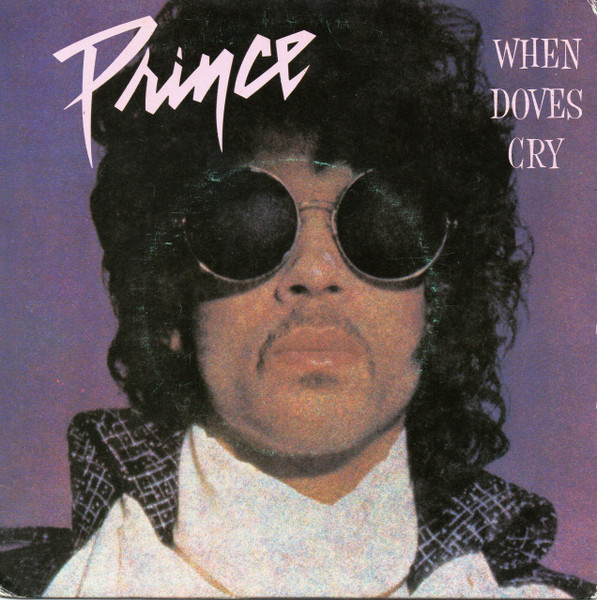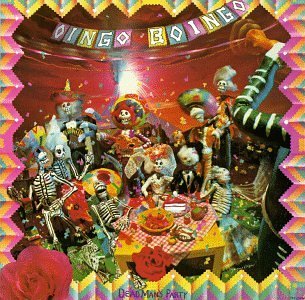 No song captures the spirit of perseverance, self-discovery, and hair-sprayed glory of the 1980s quite like Whitesnake’s “Here I Go Again.” It’s more than a rock anthem — it’s a statement of survival, a melodic battle cry for anyone who’s ever stood at the crossroads of heartbreak and redemption. From the moment David Coverdale’s soulful voice belts out that unforgettable opening line, “I don’t know where I’m going, but I sure know where I’ve been,” the listener is drawn into a world where heartbreak meets highway, solitude meets strength, and power chords meet power hair.
No song captures the spirit of perseverance, self-discovery, and hair-sprayed glory of the 1980s quite like Whitesnake’s “Here I Go Again.” It’s more than a rock anthem — it’s a statement of survival, a melodic battle cry for anyone who’s ever stood at the crossroads of heartbreak and redemption. From the moment David Coverdale’s soulful voice belts out that unforgettable opening line, “I don’t know where I’m going, but I sure know where I’ve been,” the listener is drawn into a world where heartbreak meets highway, solitude meets strength, and power chords meet power hair.
Released in multiple incarnations — first in 1982 on the album Saints & Sinners and later reimagined in 1987 for the band’s self-titled blockbuster Whitesnake — “Here I Go Again” didn’t just resurrect a fading British blues-rock outfit. It became an anthem for the decade, an irresistible mix of vulnerability and bravado that helped define the very essence of 80s rock culture. The song climbed to number one on the Billboard Hot 100 in October 1987, making Whitesnake one of the few hard rock bands to break through to mainstream pop audiences without sacrificing their electric-guitar edge.
But the true magic of “Here I Go Again” lies not just in its chart success — it’s in how it became an emotional lifeline for millions. Whether blasting from a Camaro on a summer night, echoing across MTV screens, or sung drunkenly in karaoke bars decades later, the song embodies that universal moment when you must pick yourself up, dust off the glitter, and face life alone — again.
The Road from the Blues to the Arena
Before Whitesnake became synonymous with glam-metal excess and teased hair, the band had its roots in blues-based rock. David Coverdale, fresh off his tenure as lead singer for Deep Purple, formed Whitesnake in the late 1970s. The early material was steeped in the British blues tradition, influenced by bands like Free and Bad Company.
By the early 80s, however, Coverdale sensed a shift. The rock world was changing. The rise of MTV and the American appetite for glossy, hook-filled anthems meant that the gritty blues sound of the 70s was giving way to something flashier. Whitesnake, once a band beloved in pubs and rock halls across the UK, needed a reinvention.
The first version of “Here I Go Again” in 1982 had all the emotional weight of heartbreak and recovery, but it lacked the sleek production sheen that would later make it iconic. It was soulful and bluesy — a man reflecting on love lost, moving forward with weary optimism. But it wasn’t yet the power-ballad juggernaut that would conquer MTV five years later.
Reinvention and Reinforcement
By 1987, Coverdale had overhauled the band and his sound. Working with producer Keith Olsen and guitarist John Sykes, he crafted an updated version of “Here I Go Again” that would fit perfectly into the glossy landscape of 80s rock radio. The tempo was slightly quicker, the guitars heavier, and the production gleamed with arena-ready polish.
The song’s transformation mirrored the decade’s cultural shift — bigger, bolder, more glamorous. Where the original version was introspective and soulful, the 1987 remake was unapologetically triumphant. The addition of soaring synthesizers, a thunderous rhythm section, and a shredding guitar solo made it impossible to ignore.
The reworked single came in two versions — the album version and the radio remix. The latter featured session keyboardist Bill Cuomo, whose lush synth intro became as recognizable as Coverdale’s first lyric. It was that combination of sincerity and spectacle that turned “Here I Go Again” into an anthem not just for Whitesnake fans, but for anyone needing a soundtrack to personal reinvention.
The Lyrical Journey of Independence
At its core, “Here I Go Again” is a song about self-reliance. It’s about walking away from the past — whether that’s a broken relationship, a failed dream, or an old version of oneself — and finding the courage to face the unknown.
Coverdale has said that the song was inspired by a period of intense personal change. Following the breakup of his first marriage, he poured his feelings into lyrics that balanced sorrow and strength. “It’s about the loneliness of a long-distance runner,” he once explained, “but it’s also about the idea that no matter what happens, you pick yourself up and move on.”
The song’s iconic chorus — “Here I go again on my own / Goin’ down the only road I’ve ever known” — hits like a declaration. It’s the sound of heartbreak evolving into independence. The verses, filled with weary reflection, contrast with a chorus that explodes with self-determination.
And then there’s the line that Coverdale had to rewrite for the 1987 version. Originally, he sang, “Like a hobo, I was born to walk alone.” But fearing the word “hobo” might sound too rough for American radio, it was changed to “drifter.” It’s a small edit that softened the edges — but in doing so, helped make the song more universally accessible.
MTV, Tawny Kitaen, and the Power of Visual Seduction
While “Here I Go Again” was musically unstoppable, it was MTV that made it immortal. The 1987 music video — featuring Coverdale’s then-girlfriend (and later wife) Tawny Kitaen — became one of the defining visual symbols of the 80s.
Directed by Marty Callner, the video was equal parts rock spectacle and romantic fantasy. Kitaen, dressed in flowing white and black outfits, became the decade’s ultimate rock goddess, performing acrobatics across the hoods of two Jaguars while Coverdale sang with smoldering intensity. The imagery was equal parts sensual and cinematic, embodying everything about the era’s excess: luxury cars, beautiful women, leather jackets, and big hair.
For MTV viewers, the video became iconic overnight. It played on a loop, helping propel Whitesnake from respected rock band to household name. Kitaen’s performance became so synonymous with the song that even decades later, “Here I Go Again” can’t be mentioned without recalling her high kicks, windblown hair, and carefree spirit.
A Soundtrack for Every Comeback
Beyond its visual and sonic appeal, “Here I Go Again” became the go-to anthem for anyone starting over. Whether it was leaving a bad job, breaking up with someone toxic, or just facing a new challenge, the song served as a reminder that independence doesn’t have to mean isolation — it can mean empowerment.
Throughout the late 80s and 90s, it became a radio staple, appearing in countless movie soundtracks and TV shows. Its infectious chorus and timeless message made it a natural fit for montages of triumph, self-discovery, and renewal. Films like Old School and Rock of Ages used it to evoke nostalgia and celebration in equal measure.
In a decade obsessed with image and success, “Here I Go Again” stood out because it was about something real: resilience. The song didn’t hide its vulnerability; it celebrated it. Coverdale’s voice trembled with both pain and pride, embodying the duality of moving forward while carrying the weight of experience.
The 1987 Album and Whitesnake’s Transformation
The success of “Here I Go Again” catapulted Whitesnake’s 1987 self-titled album into multi-platinum territory. The record sold over 8 million copies in the U.S. alone, propelled by other hits like “Is This Love” and “Still of the Night.”
But while Whitesnake became one of the decade’s biggest albums, it was “Here I Go Again” that gave it its heart. The song bridged the gap between hard rock and pop, helping bring the bluesy roots of classic rock into the neon-lit, synth-heavy soundscape of the 80s.
David Coverdale’s transformation — from soulful bluesman to charismatic arena frontman — mirrored the evolution of the decade itself. He became a symbol of reinvention, a reminder that artistry could adapt and thrive without losing authenticity.
Cultural Legacy and Timeless Appeal
Decades after its release, “Here I Go Again” continues to resonate across generations. Its anthemic chorus and universal message have ensured its place in pop culture history. Whether blasting during a sports event, playing during a nostalgic movie scene, or being rediscovered on streaming platforms, it remains a timeless ode to independence.
The song’s endurance can also be attributed to its adaptability. It has been covered and parodied countless times — from Glee and American Idol performances to its inclusion in commercials and memes. Yet no matter the context, the song’s emotional weight remains intact.
Beyond its pop-culture ubiquity, “Here I Go Again” stands as a symbol of perseverance for those who refuse to be broken by life’s hardships. It’s a rallying cry for anyone who has ever had to start from scratch. The melody, the message, and the memory are inseparable, combining to create one of rock’s most emotionally resonant experiences.
The Emotional Alchemy of the Song
What makes “Here I Go Again” so powerful is how it captures the emotional contradictions of moving on. It’s both sad and empowering, melancholic yet uplifting. The melody has a wistful quality, but the rhythm pushes forward — a sonic metaphor for resilience itself.
The slow build of the verses gives way to an explosion of guitars in the chorus, mirroring the process of grief turning into resolve. Every note feels intentional, every word earned through experience. The guitar solo — fluid, melodic, and unapologetically dramatic — serves as both catharsis and celebration.
It’s also a song that transcends gender and generation. Though sung from a male perspective, its themes of self-reliance and renewal are universal. Everyone, at some point, has stood where Coverdale stood — at the edge of something ending, uncertain but determined to keep moving forward.
The Myth and the Man
For all the success “Here I Go Again” brought, it also became both a blessing and a burden for David Coverdale. The song’s massive popularity forever linked him to its message, cementing him as both rock star and philosopher of resilience. Yet Coverdale has embraced that legacy with grace.
He’s re-recorded and performed the song countless times over the years, often updating it to match his evolving sound. Even in his later years, when his voice has grown more gravelly, the emotion in “Here I Go Again” remains undiminished. Each performance feels like a conversation between the man he was and the man he’s become — a reflection on how the road keeps winding, but the song remains the same.
The Ultimate 80s Rock Anthem
When people talk about the soundtrack of the 1980s, “Here I Go Again” inevitably comes up alongside anthems like Journey’s “Don’t Stop Believin’,” Bon Jovi’s “Livin’ on a Prayer,” and Def Leppard’s “Photograph.” What sets it apart is its emotional authenticity. It’s not just about winning — it’s about surviving. It’s about the journey, not the destination.
The song distills everything that made the decade unforgettable: soaring vocals, massive production, emotional vulnerability hidden beneath bravado, and a sense of theatricality that turned personal struggle into public triumph.
A Road That Never Ends
“Here I Go Again” endures because it speaks to something deeply human — the endless cycle of falling, rising, and trying again. It’s not just nostalgia that keeps it alive; it’s relevance. Every generation rediscovers it and finds new meaning.
David Coverdale once described the song as “a true reflection of my journey.” Yet, over time, it became everyone’s journey. Whether it’s a college graduate leaving home, a newly single adult rediscovering freedom, or an older soul looking back at life’s detours, “Here I Go Again” is there, blaring through the speakers, reminding us that the road — no matter how uncertain — always calls us forward.
It’s the sound of resilience. It’s the feeling of freedom. It’s the anthem of second chances.
And as long as there are hearts that break and people who start over, Whitesnake’s “Here I Go Again” will continue to echo across highways, arenas, and memories — the eternal soundtrack for anyone who’s ever dared to walk alone.


